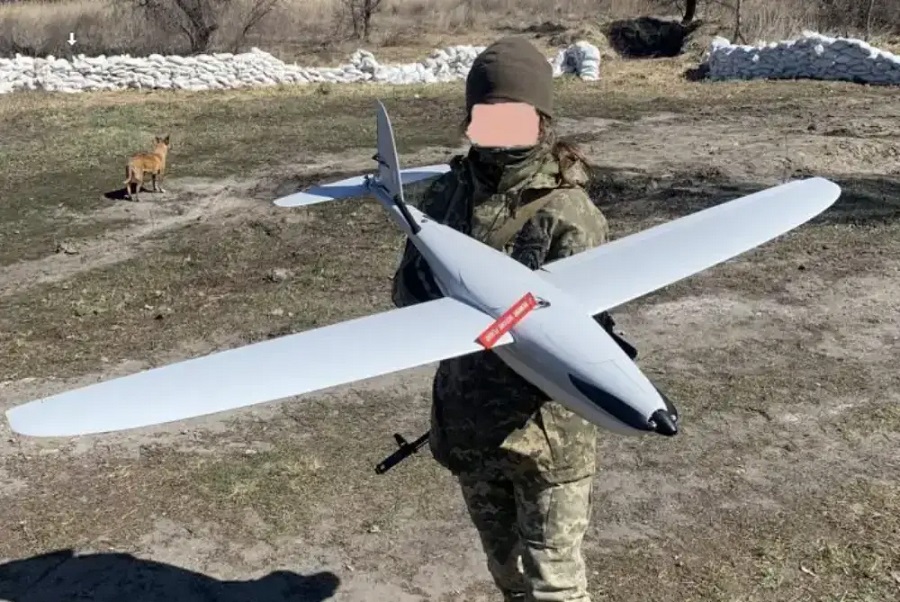On April 17, 2025, the German Ministry of Defense officially announced the delivery of an additional batch of unmanned aerial vehicles (UAVs) to Ukraine, including 316 Vector reconnaissance drones and 30 more RQ-35 Heidrun drones. This substantial support package highlights the continued importance of drone technology in Ukraine’s defense strategy as it counters ongoing Russian military aggression. The new drones are expected to significantly enhance Ukraine’s intelligence, surveillance, and reconnaissance (ISR) capabilities on the front lines.
The Vector drone, developed by German manufacturer Quantum Systems, is an electric vertical takeoff and landing (eVTOL) UAV capable of hybrid operations in both military and civilian sectors. Initially conceived in 2018, the Vector was designed for use by military forces, border guards, police units, and emergency services. It features a fixed-wing design with a 2.8-meter wingspan and a 1.63-meter length, offering a high degree of stability and endurance in flight. It can remain airborne for up to 120 minutes and transmit live video and sensor data over a 30-kilometer range, matching the effective radius of many artillery systems.

The RQ-35 Heidrun, produced by Danish company Sky-Watch, complements the Vector by offering tactical low-altitude surveillance capabilities. It is a compact, fixed-wing mini-UAV that can be launched by hand, eliminating the need for cumbersome ground support equipment. The Heidrun is designed to operate in contested electronic environments, with built-in resistance to GPS jamming and electronic warfare (EW). It is capable of delivering high-resolution day and night video feeds, with some variants offering an extended range of up to 45 kilometers. Ukrainian forces have relied on the Heidrun since 2022 for frontline reconnaissance and intelligence gathering, particularly in environments where larger drones may be vulnerable to detection and attack.
